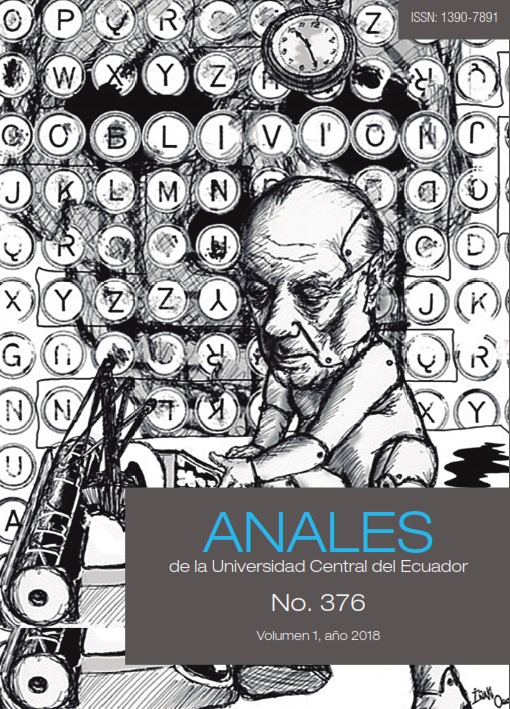Incorporación de la etnomatemática de los Kañaris de Lambayeque en la práctica docente intercultural bilingüe
DOI:
https://doi.org/10.29166/anales.v1i376.1762Keywords:
Kañaris, indigenous peoples, ancestral knowledge, anthropometry, ethnomathematicsAbstract
Th is work describes the rescue of the ancestral knowledge of an indigenous people called KAÑARIS recovered through ethnography, and its incorporation into the pedagogical practice of the Intercultural Bilingual Education teacher, with the purpose that the students achieve learning and the millenary culture is strengthened and the original language. Th e ethnographic research, the design and application of the pedagogical proposal was made in the Educational Institution N. 10244, a rural school of Basic Education of the primary level, of the Huamachuco farmhouse, Kañaris District, Lambayeque Region, in Peru. Th is opportunity we will share research, rescue and incorporation of some knowledge, values, technologies and sciences of the Kañaris such as: (1) Th e Ancestral Mythology that accounts for gods and mythological beings of the religion and worldview of this group cultural ethnicity; (2) Th e System of Ancestral Roads that was part of the “Qapaq Ñan” of the Tawantinsuyo and the millenary cultural survivals that are still alive; and (3) Th e study of Ethnomathematics: the use of some units of measurements and ancestral instruments of arithmetic calculation and numerical registration, among them the “Yupana Inka” and the “Khipu”. Likewise, a methodological sequence is proposed for the approach and curricular treatment of the mathematical knowledge of a native people.
References
D’Ambrosio, U. (2014). Las bases conceptuales del programa etnomatemática. Revista Latinoamericana de Etnomatemática, 7(2), 100-107.
Fernández, J.C. (2010). Cañaris del norte, cañaris del sur: una visión desde el norte del Perú. Revista Perspectivas Latinoamericanas (7), 58-73
Hernández, Harold. (2013). Takanakuy: Los límites de la cultura y lo jurídico. Mesa redonda. Revista de Investigación de la Universidad Norbert Wiener, 2014, N.3
Kula, W. (1999). Las medidas y los hombres. Madrid: Siglo XXI.
Martínez, M. (1998). La investigación cualitativa etnográfi ca en educación: manual teórico-práctico. México: Trillas.
inisterio de Educación. (2015). ¿Qué y cómo aprenden nuestros niños y niñas? Ruta de aprendizaje del área curricular matemática. Lima-Perú.
Ministerio de Educación. (2016). El programa curricular del nivel de Educación Primaria. Lima-Perú.
Pólya, G. (1965). Cómo plantear y resolver problemas. México: Trillas.
Prem, D. (2016). Yupana Inka: Método Tawa Pukllay. Decodifi cando la matemática Inka. Lima: Universidad de Lima.
Torero Fernández de Córdova, Alfredo A. (1964). Los dialéctos quechuas. Anales Científi cos de la Universidad Agraria (La Molina (Lima)) 2 (4): 446-478.


